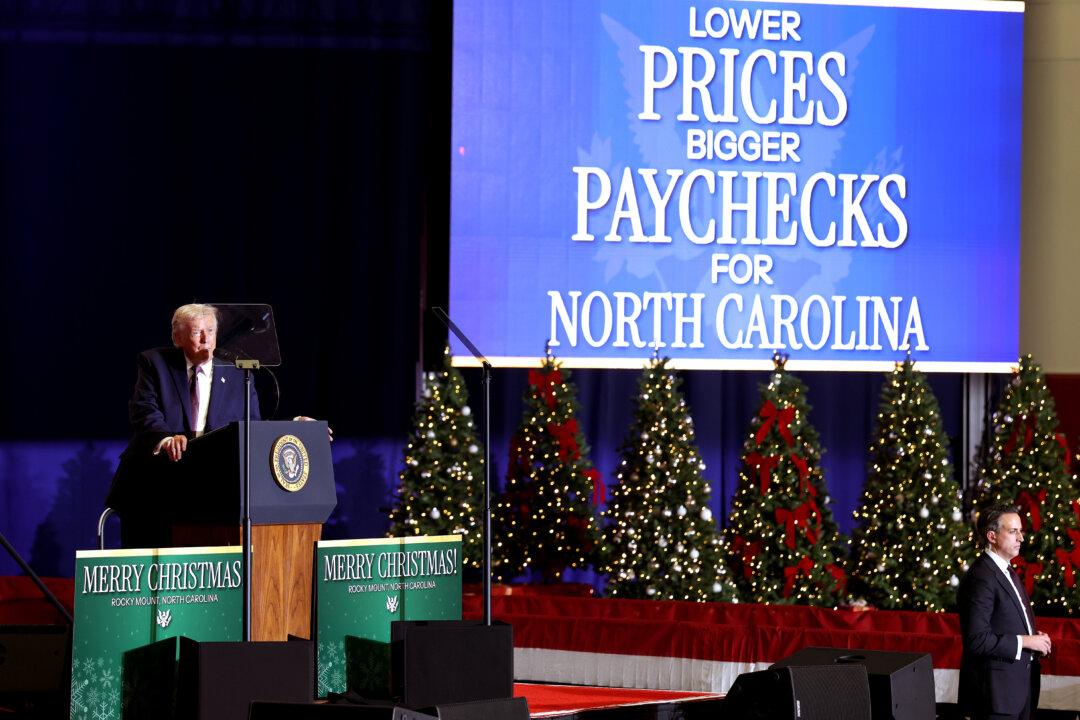U.S. job openings surged to record-high levels this year as companies have struggled to find people with the talents they need. The skills shortage is a broad issue that has become even more pressing for the construction sector, experts say, but the Trump administration has several proposals aimed at correcting the problem.
More than 90 percent of construction firms have reported that they are having a hard time hiring qualified workers, according to findings from The USG Corporation and U.S. Chamber of Commerce Commercial Construction Index (CCI).





